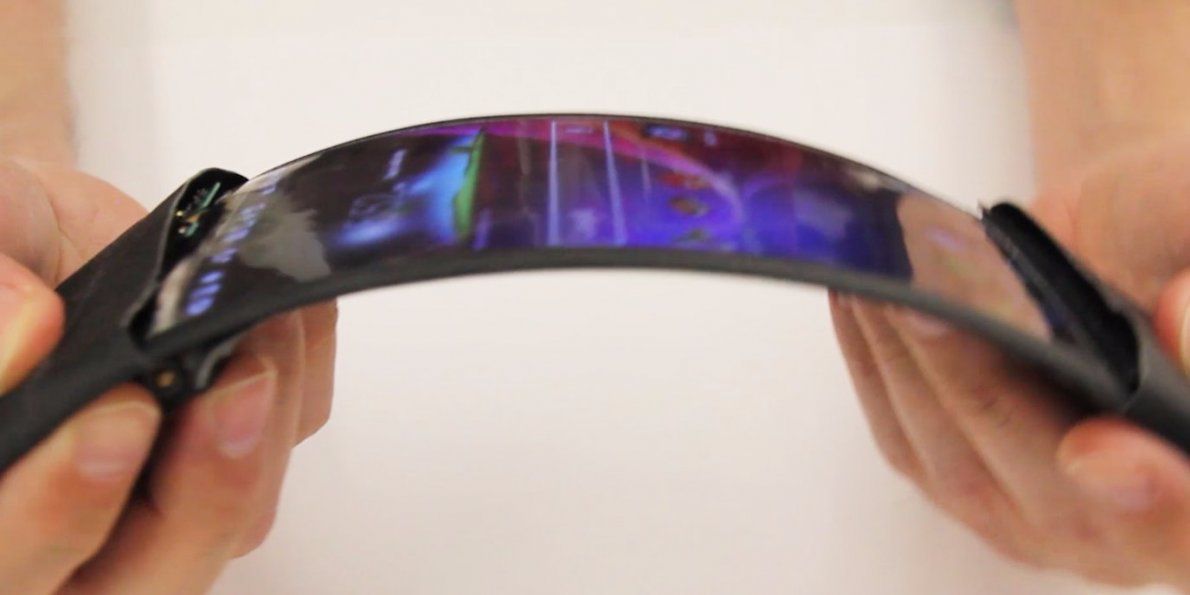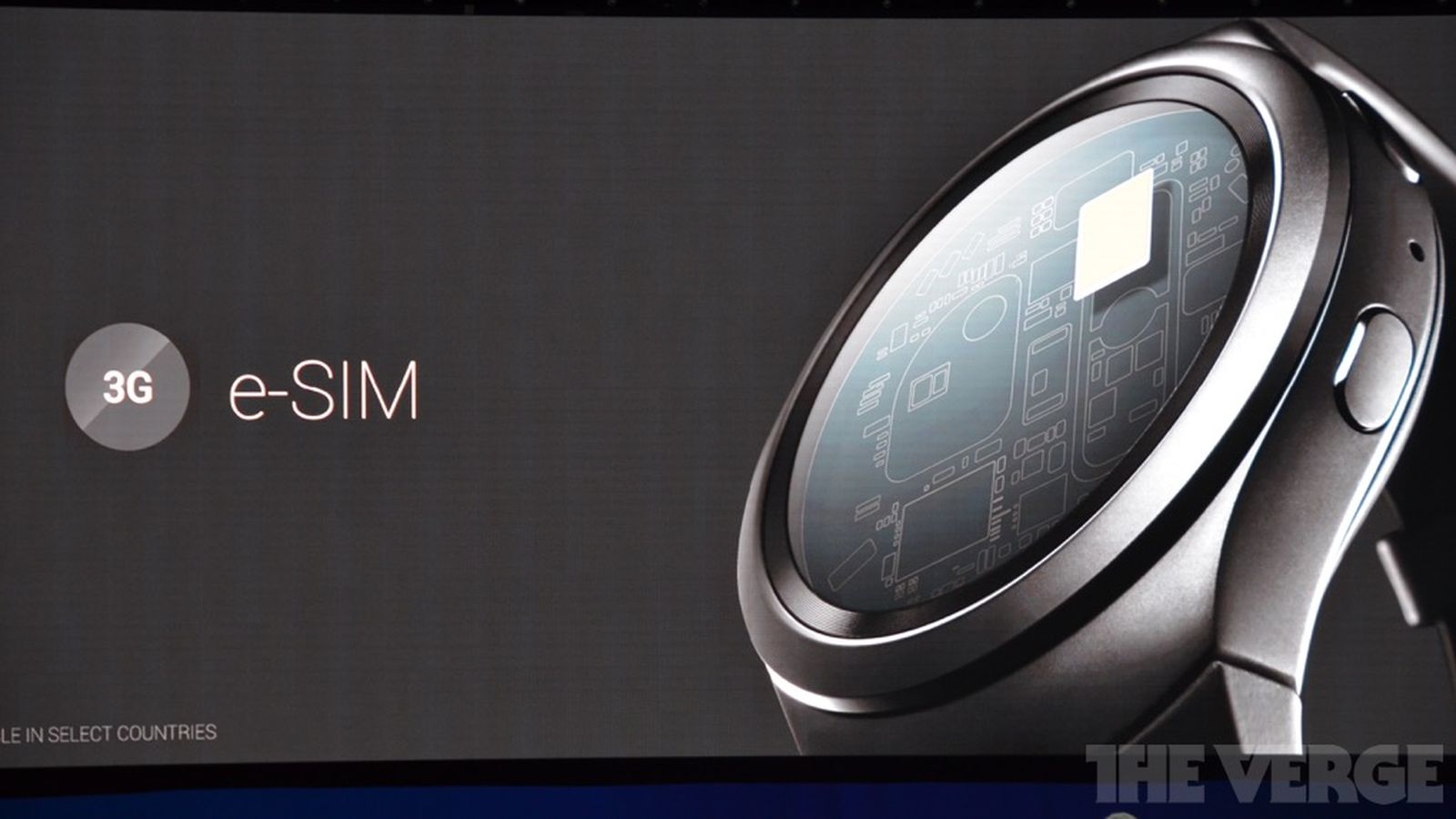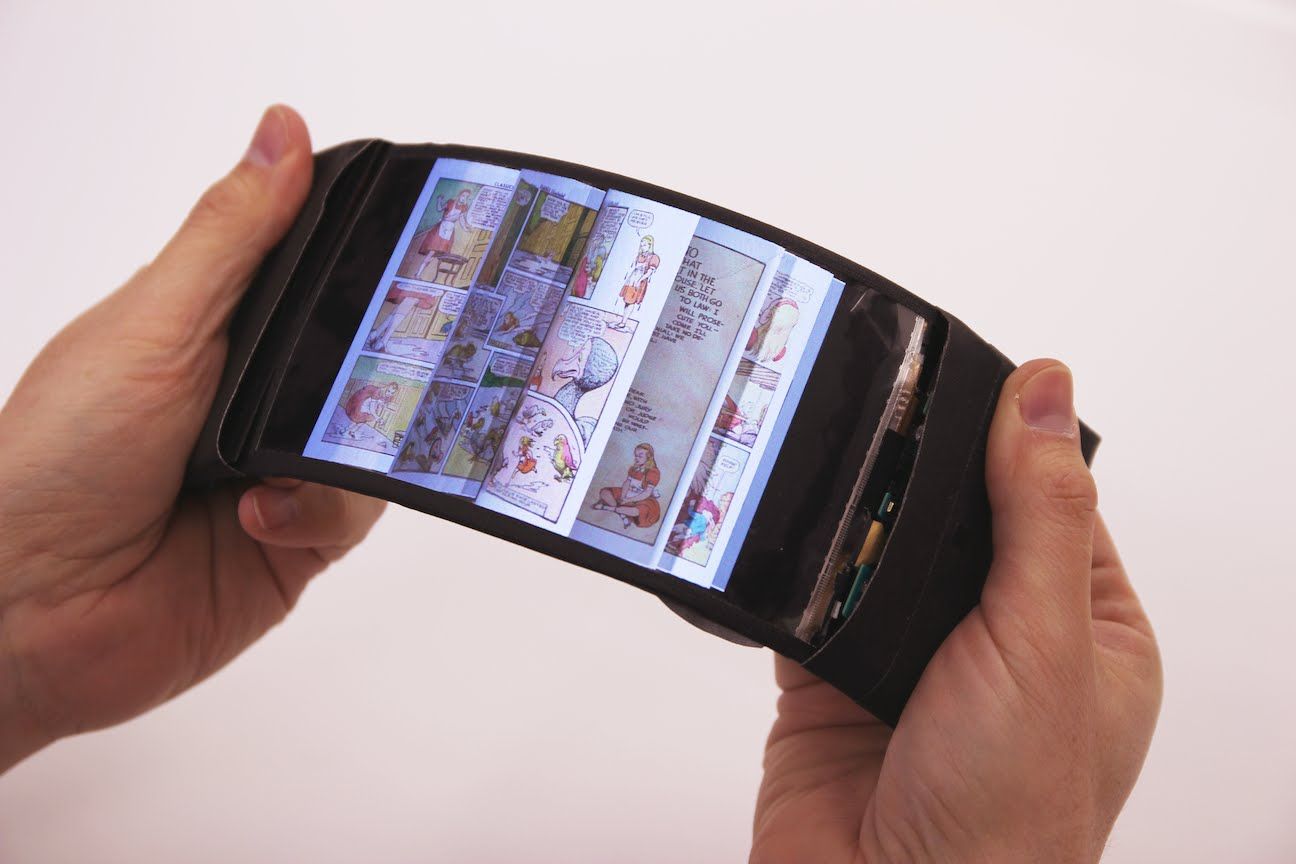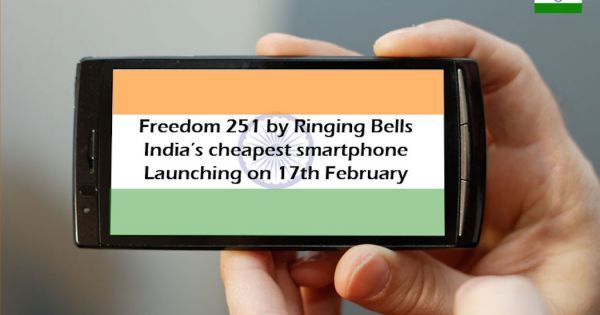Feb 20, 2016
Volvo wants your phone to be the only car key you ever need
Posted by Shailesh Prasad in categories: mobile phones, security, transportation
By next year, Volvo wants to become the first manufacturer to sell cars without keys. Instead of a physical key or even a Bluetooth key fob, Volvo customers will use a “digital key” in a smartphone app to access (and share that access) to their cars.
Drivers will be able to use the app (and a Bluetooth connection) to start their car, open the trunk, mess with the security system, or — like with a key fob — simply have the car unlock as you approach it. But the biggest implications of this change could be for ride-sharing. Customers (and manufacturers) have begun entertaining new ideas about how to use cars to get around without owning them outright, and something like a digital key makes it easier for multiple people to have control over one particular vehicle. That could mean something as simple as just sharing access with your family, but Volvo will also make it work on the cars it provides to Sunfleet, a Swedish car-sharing service.

















